Emerald: The Green Beryl
Emerald is one of the most famous gemstones that has been sought after since ancient times. Like people, Emeralds are often beautiful but never flawless; near-flawless stones are extremely rare and expensive. Inside an emerald, you can find chromium and vanadium. But still, at its core, this gemstone is a variety of beryl, the same mineral as Morganite and Aquamarine. Since the Emerald gemstone is part of the Beryl family, it shares the same properties; one of these characteristics is hardness, which sits at 7.5 to 8 on the Mohs Scale.
Emerald, The Green Beryl
This is hard in terms of jewelry wearing, but it should be noted that emeralds are too brittle and require some extra care. The finest Emerald gemstone has a pure green hue and is free from inclusions. This quality of gemstone is extremely rare. Almost all Emeralds in the market will contain eye-visible inclusions. Which is not a bad thing; it is just the way the crystal grows in nature.

Where does the name originate from?
The name “emerald” originated from Latin, especially from Esmeraldus. At its core, this name also has a Greek origin. Emerald Birthstone: Emerald gemstone is the birthstone for those born in May.

Properties that genuinely define the look and value of an emerald gemstone:
Much like any other gemstone, Emerald is generally known as having a few properties that characterize its value and appearance. These are clarity, color, and, while in the case of several gemstones, clarity is very important. The reality is that the emerald gemstone color is the primary consideration. Clarity is obviously still a thought, but some practically opaque gemstones can still be valuable if they are of good size and have an intense color.
When you assess an Emerald gemstone by color, there are three major components that you need to pay special attention to, and these are tone, hue, and saturation. Their primary hue is green; however, you can find blue and yellow, just like the secondary hues. The best emerald gemstone you can find available in the market is bringing 70% tone and saturation. The natural saturation when it comes to the emerald gemstone is grey.
Clarity: Most emerald gemstones have breaking fissures on the surface, so they are easier to grade based on clarity. The interesting thing to know here is that every emerald gemstone has its unique set of imperfections, so it’s relatively easy to identify a certain gemstone without that much hassle. You can find emeralds with a rectangular cut, emerald cut, or oval cut, depending on the situation, with surprising results that you will definitely appreciate.
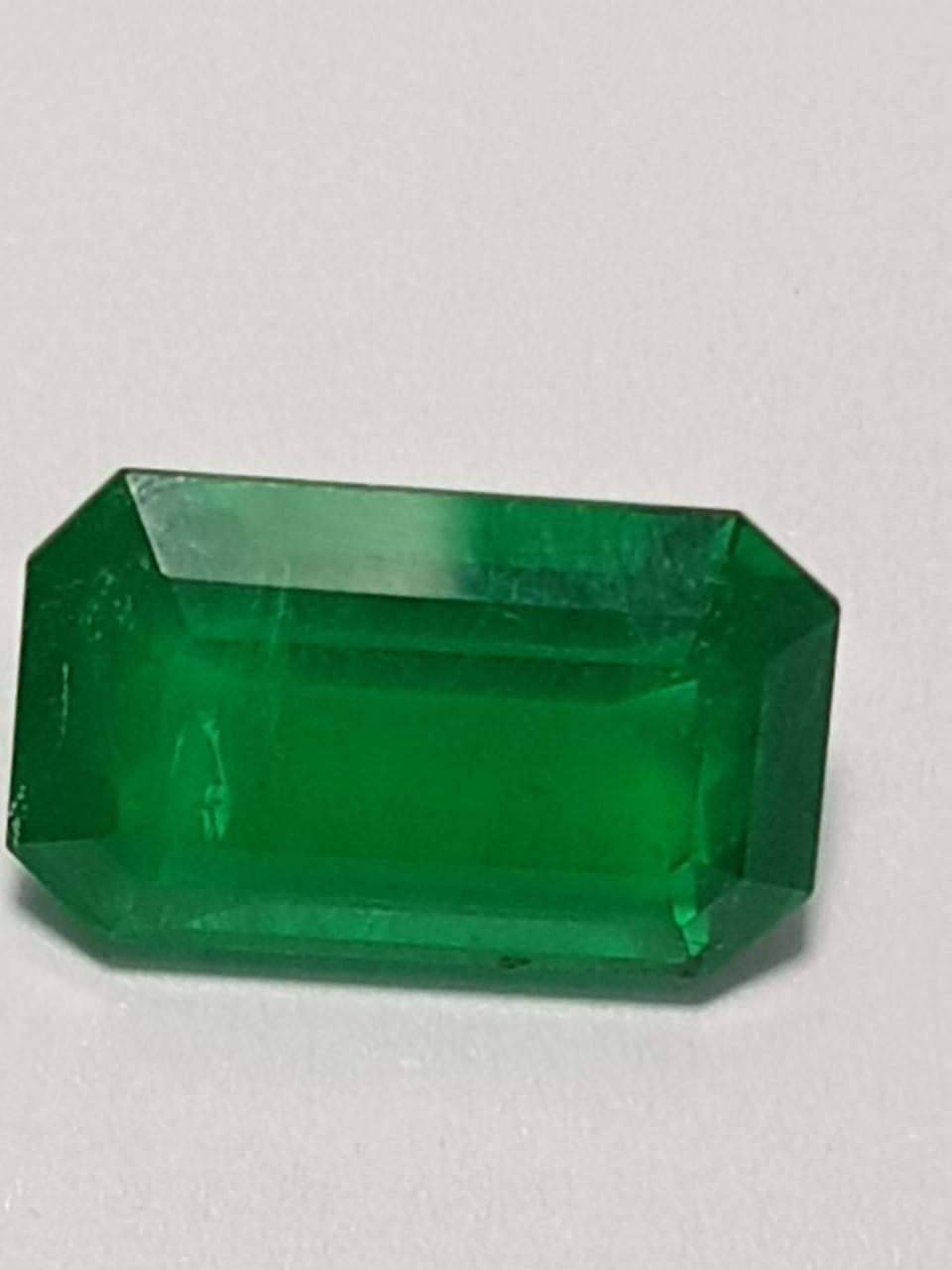
Treatments: Most emerald gemstones are oiled with colorless oil as part of the post-lapidary process to enhance their clarity. Synthetic oils, with a similar refractive index to Emerald gemstone, are often used. Other liquids, including Cedar oil and polymers with refractive indexes close to that of emerald, such as Opticon, are also often used. The use of oil is traditional and broadly accepted by the gemstone traders. In contrast, the use of Green-tinted oil is not acceptable in the trade. Cerar oil can turn yellow after a while as it begins to oxidize.
This imparts a yellow tint to the Emerald gemstone. Constant oiling over a period of time will lead to the Emerald becoming stained internally with the yellow oxidation. Leading world laboratories have now standardized the language for grading the clarity of emeralds. Gemstones are graded on a four-step scale in terms of the level of enhancement to the gemstone and not clarity.
But remember this is still subject to interpretation:
Some gemstone laboratories consider the mere presence of oil or polymers to constitute enhancement. Others may just ignore traces of oil if the material’s presence does not materially improve the look of the gemstone. A high-quality emerald with an enhancement level of moderate should cost half as much as an identical stone graded none. In general, Cedarwood is used for high-grade gemstones and polymers and resin for commercial-grade gemstones. It should also be considered that the material used in treatments can be due to Emerald’s geographical location. For example, in the Indian cutting hub of Jaipur, Johnson’s baby oil is used. In Colombia, Cedarwood oil is used, but so are other mediums such as Palma.
Famous Emerald Gemstone: Emerald has been collected and traded for centuries. There have been several stones found that are important to the history of Emerald’s gemstone. These include!
- Emperor Jehangir had an entire cup made up of pure Emerald.
- Istanbul’s Topkapi Palace is filled with tools and ornaments, including daggers, all made of precious emeralds.
- The largest Colombian Emerald ever found is “Patricia Emerald,” which weighs 632 carats.
- Worlds largest carved Emerald gemstone is the 1,558 ct carving that lives in the Carnegie Museum of Natural History, Pittsburgh, PA, USA.
- The Chalk Emerald is possibly the finest and cleanest Colombian Emerald ever found. It is 37.82 carats and has a stunning green hue.
Emerald Gemstone History: Emerald’s history can be traced right back to the Egyptian times, where Cleopatra had many Emeralds mined for her jewelry. The source of these ancient Emerald gemstones is believed to be somewhere near the Red Sea. These mines are now often referred to as “Cleopatra’s Mines”.
Geological History: The geology behind the Emerald gemstone creation is fascinating. It is believed that the Emerald gemstone is one of the oldest gemstones on the planet. Some estimates have stated that Emeralds were already growing under the earth as far back as 2600 million years ago. The elements that are accountable for the color in Emerald gemstone are Beryllium, Chromium, and Vanadium. These elements are moved up to the surface through tectonic separation. This same process is responsible for many fractures in the gemstone as the tectonic plates move apart. This is why most Emerald gemstones are flawed and why a clean Emerald is very hard to find.

Emerald Gemstone Value: The two main factors in Emerald are color and clarity. For the everyday buyer, the color should always take precedence over clarity. If you have to pick between a vivid green stone and a lighter colored clean stone, always pick the vivid green.
Specifications of Emerald Gemstone:
| Mohs Hardness Scale | 7 to 8 |
| Toughness | Brittle |
| Luster | Vitreous |
| Specific Gravity | 2.65 to 2.80 |
| Refractive Index | 1.56 to 1.60 |
| Cleavage | Very imperfect, basal |
| Chemical Formula | (Be3Al2(SiO3)6) |
| Crystal System | Hexagonal |
Common Inclusions in Emerald Gemstone: Different locations have distinctly different inclusions.
- Colombia: Three-phase inclusions (a liquid-filled cavity containing a crystal and a gas bubble).
- India: Two-phase inclusions (liquid-filled cavity containing a gas bubble)
- Brazil: Black inclusions of Mica.
- Zimbabwe: Tremolite (fibrous or needle-like crystals).
- Siberia: Needle-like crystals of actinolite.
- Zambian Emeralds: They are generally less included with fewer surface fissures, but the color will not be as good as Brazilian or even Colombian Emerald. Because of Calcite inclusions.
- Other Locations: Mica flakes, color zoning, calcite, and pyrite.

Emerald Gemstone Mines:
At first, amid vestige, the emerald gemstones were mined in Egypt, Austria, and India; however, these days, nations like Afghanistan, Zambia, Colombia, the US, and Tanzania produce gem-quality Emeralds. Colombia is particularly known for the nature of the Emeralds it produces. Some of the world’s finest examples come from this region, where a large portion of the mining is still done by small-scale artisanal excavators. Mining in other locations, notably Zambia, is on a bigger scale where organizations such as Gemfields operate overseas, larger-scale operations.
- Brazil: Santa Terezinha, now Garimpo do Toco, Campos Verdes.
- Colombia: Muzo, Coscuez y Chivor.
- Zambia: Kafubu River.
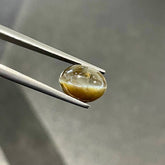
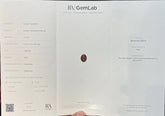
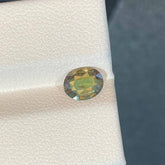

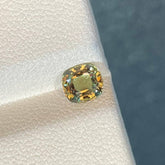

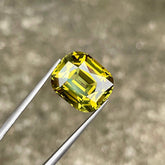
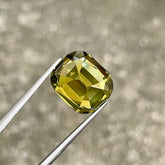
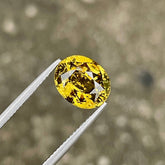
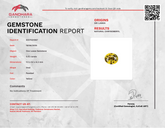
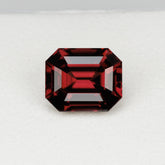

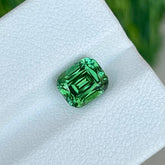



Leave a comment
Please note, comments need to be approved before they are published.